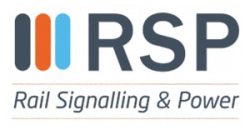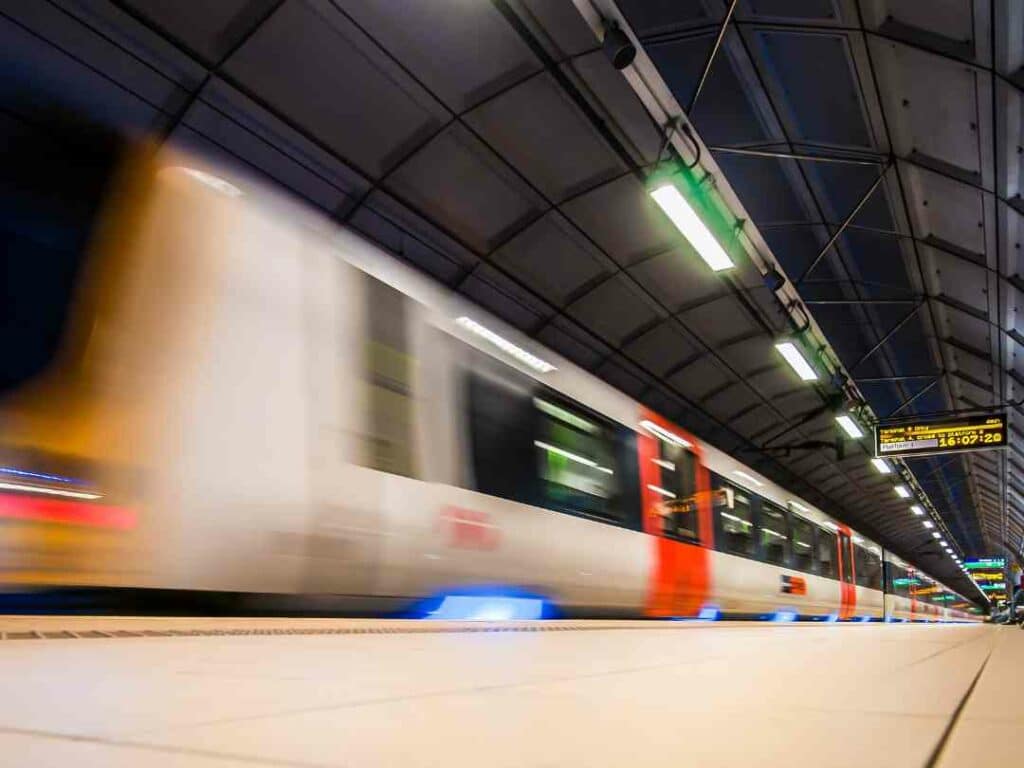What is project SPEED and why is it important?
Project SPEED (Swift, Pragmatic and Efficient Enhancement Delivery) has been developed by Network Rail, the UK’s rail infrastructure management agency, and is backed by the UK government.
Project SPEED began in 2020 as part of the UK Government’s Covid-19 recovery plan for economic recovery and is shaping up to be one of the biggest shake ups of railway investment projects and rail upgrades for a long time. Project SPEED has been key to demonstrating that the rail industry can become more competitive and help to improve future funding to improve the rail network.
What are the key project SPEED principles?

The key principles of Network Rail project SPEED are to slash the amount of time it takes for Network Rail to deliver infrastructure projects up to half, and to significantly reduce costs whilst doing so.
The SPEED approach is outcomes focused with a spotlight on accountability and trust. The main aim of this? To create an excellent passenger experience that is also good value.
What are the themes of project SPEED?
Eleven themes were identified across six key infrastructure projects, working with the department for transport (DfT) and Network Rail, where these projects could reduce both their timescale and cost. These 11 themes are at the core of Network rail project SPEED for delivering infrastructure projects, helping to save billions of pounds across future projects and shave years off their delivery times.
- Improve the efficiency of planning and consents

Consents provide the ability to purchase land, build infrastructure, move utilities and divert rights of way but there are long timeframes associated with planning and consents. Project SPEED aims to speed up the Transport and Works Act, giving greater time certainty to submissions and to remove planning and consents from the critical path in order to speed up project delivery and reduce costs.
- Streamlining assurance phases
SPEED aims to develop an integrated assurance approach, without duplication, which allows for the earlier identification of any issues in the planning stages of rail industry projects.
- Streamline the governance processes
Project SPEED aims to streamline the Rail Network Enhancements Pipeline (RNEP) process for seeking government funding, with a simplified process for projects under £10 million.
- Replacing GRIP with PACE
The previous eight-stage GRIP (Governance for Railway Investment Projects) has been deemed inflexible, with project teams solely focused on deliverables. Project SPEED has replaced the GRIP process with PACE (Project Acceleration in a Controlled Environment) in order to become more principles focused and allowing project managers to adapt their approach in order to get the best results whilst still maintaining rigour.
What is the Network rail PACE process?
The Network rail PACE process has five stages: project initiation, development and project selection, project design, project delivery and project close. There is a phase readiness review to ensure the project is not progressing into the next phase before it is ready. The stipulation of these phase readiness reviews are determined based on a risk-based assessment that takes account of issues such as novelty, technology required and design complexity, with an additional engineering phase gate review carried out at specific project milestones.
The combination of the simpler process of PACE compared to GRIP and gateway reviews will help to ensure rail infrastructure schemes remain on track whilst cutting the delivery time and therefore the cost of projects. PACE has been applied to the majority of new rail projects since January 2021.
- Earlier timetable considerations
Project SPEED aims to take into consideration timetabling and operating principles earlier in projects in order to better align timetabling and resourcing processes and facilitate a more effective industry plan as well as a working end state timetable.
- Collaboration between different teams

Project SPEED aims to integrate DfT, Network rail and other rail partners to make collaborative decisions and create a ‘one team culture’. This will make many areas of rail projects more streamlined and efficient, reducing project time and cost.
In order to help streamline the coordination and champion the ‘one team’ approach, the Rail Investment Centre of Excellence is providing a knowledge hub which will assess best practice with the supply chain, provide professional development, support project assurance and act as a point of contact for the Railway Network Enhancements Pipeline (RNEP) process with the DfT.
- More strategic application of RIR
“Railway Interoperability Regulation (RIR) is a process to achieve an authorisation to enable a passenger service that requires additional assurance via third party verification and the ORR.” – Network Rail
SPEED aims to create an alternative assurance process to RIR and apply the RIR process more strategically going forwards.
- Challenge to standards
Compliance to standards means that projects are often overdesigned, increasing cost and the time taken to implement them. Project SPEED aims to challenge standards and simplify the process when a standard has been challenged to streamline the process within rail projects.
- Improved procurement strategy
An improved procurement strategy with greater time spent at the start in order to prevent projects becoming stuck at various stages due to delays with procuring suppliers.
- Optimised access strategies and possession
Project SPEED will focus on developing new and better-coordinated access strategies to prevent delays to infrastructure projects which cost both time and money.
- Improved capability across Network Rail
Project SPEED will initiate a culture change within the rail industry. In order to achieve this there will be training programmes within Network Rail and the appointment of SPEED champions.
How can we help with project SPEED at RSP?
Rail Signalling & Power are experts in rail signalling and Electrification & Plant design as well as rail infrastructure supply chain solutions, specialising in Rail Cat numbers and PADS approved products.
Alongside our approved products RSP offer supply chain support, as well as a dedicated project support service where required, to help enable cost reduction, lead time improvement and vendor consolidation, keeping railway infrastructure schemes up to SPEED.
If you looking for a trusted supplier of Network Rail approved products and components for your rail infrastructure project then do contact us for more information.

